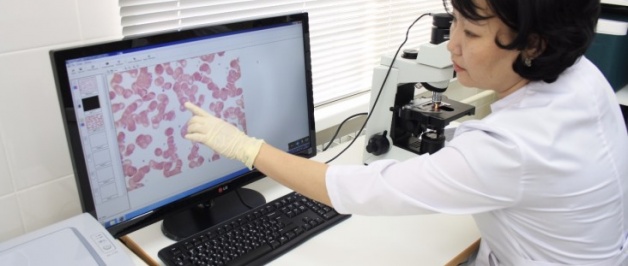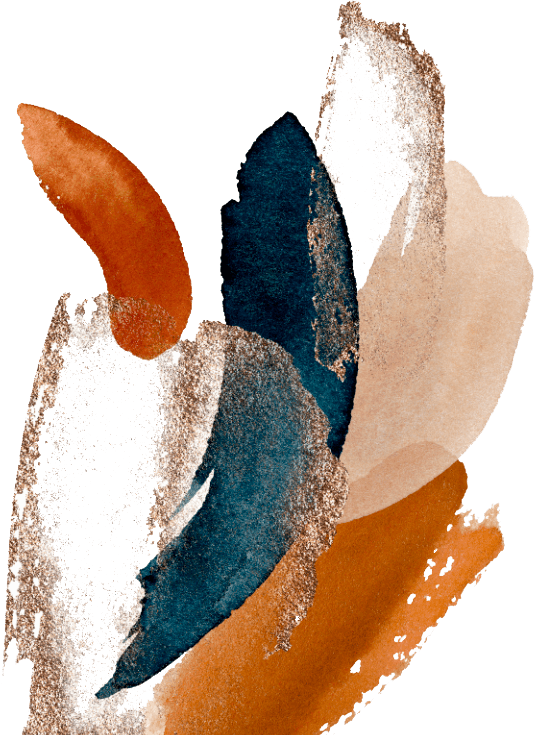
- 25 May 2017
- 803
NEFU scientists have developed a treatment method of spinocerebellar ataxia
Photo: from the archive of NEFU Medical Institute
Scientists of the Scientific Research Institute of Health at North-Eastern Federal University received a patent for the treatment method of genetic disease - spinocerebellar ataxia. The technical effect of the development is expressed in the preparation of a method for the treatment of spinocerebellar ataxia of I type with the use of "L-cysteine."
According to the co-author of the development, the head of the project team, the chief scientific researcher of NEFU Research Institute of Health, Fyodor Platonov, the invention belongs to the field of neurology and can be used for the treatment of spinocerebellar ataxia of I type. "Diagnosis of the disease is carried out on the basis of neurological status, analysis of the genealogy and molecular genetic research. The task of the project is the regression of cerebellar neurodegeneration processes with the improvement of clinical aspects of specific ataxic disorders of movement coordination and well-being", the scientist said.
According to him, the patented method of treatment includes a daily one-time intake of 500 mg of L-cysteine, with a course of treatment of at least three months.
Currently, about 180 patients with signs of this disease have been recorded, and there is no treatment leading to complete recovery. It is believed that spinocerebellar ataxia occcurs in the Yakut ethnos. However, Fyodor Platonov explained: "This statement is incorrect: genetic diseases develop in people who have a mutant gene, regardless of nationality".
The project team conducts studies related to this disease the fourth year. The idea was expressed by Professor Dmitry Tikhonov, the chief scientific researcher of the department of scientific foundations of circumpolar (arctic) medicine of the Scientific Research Institute of Health, and tested on several patients. "The real effectiveness of treatment should be proved on a lot of patients", Fyodor Platonov said.
Reference:
Spinocerebellar ataxia of I type (SCA 1) - a severe neurodegenerative progressive disease with late manifestation age, is inherited by autosomal dominant type; Clinically characterized by a combination of increasing disorders of coordination of movements with signs of multisystem damage of the brain and spinal cord. The onset of symptoms in SCA1 is usually observed in adulthood, on average at 30 years. If the symptoms appear earlier - up to 20 years, in addition to ataxia, other symptoms occcur. In cases of up to 13 years, the disease can be more severe and have a rapid progression.


 English
English Russian
Russian Chinese
Chinese